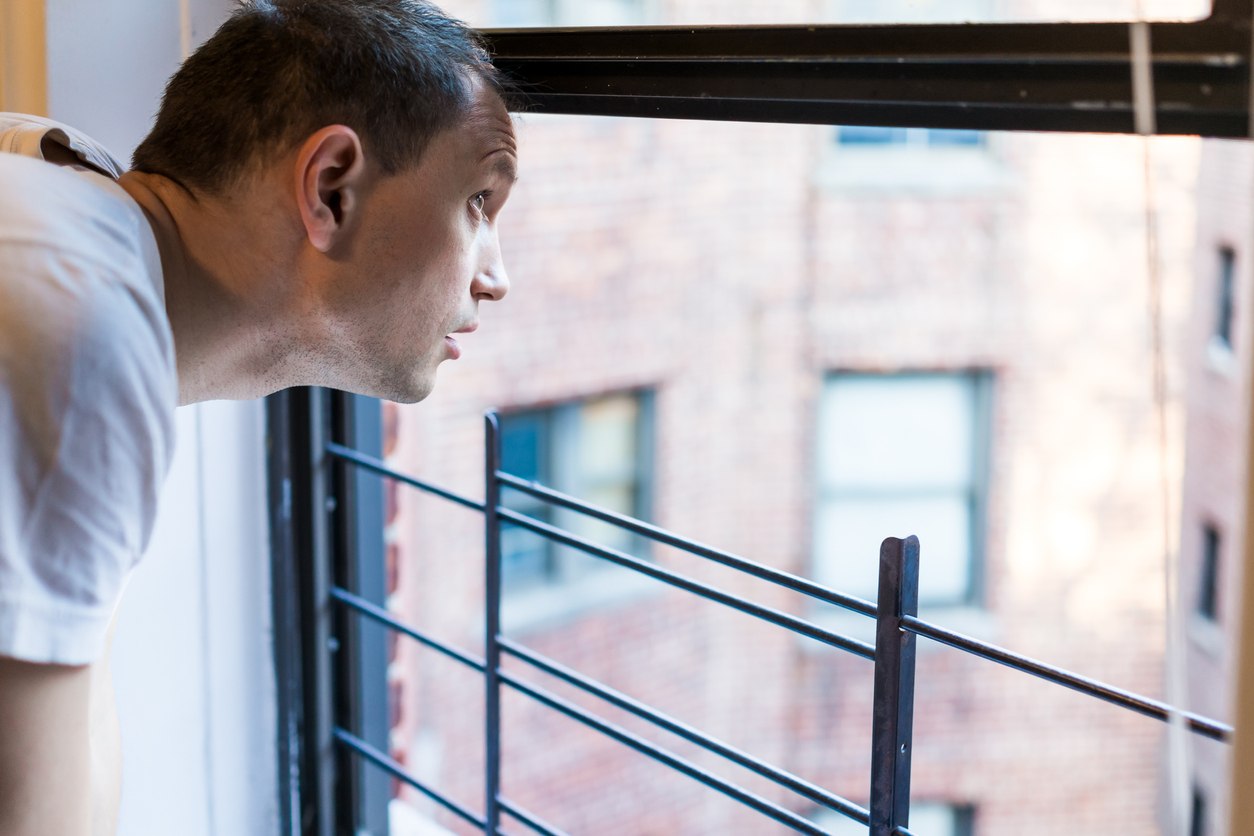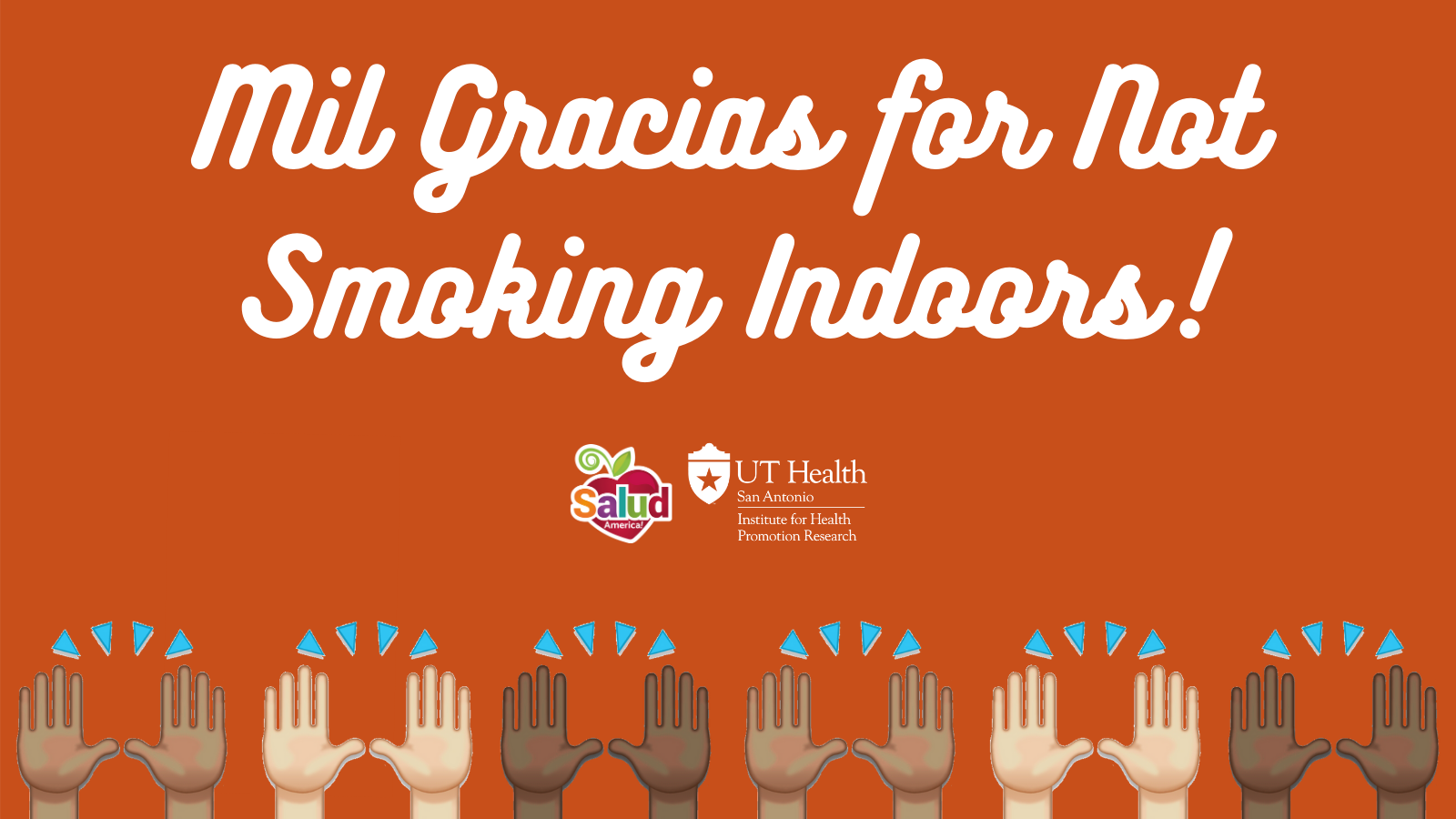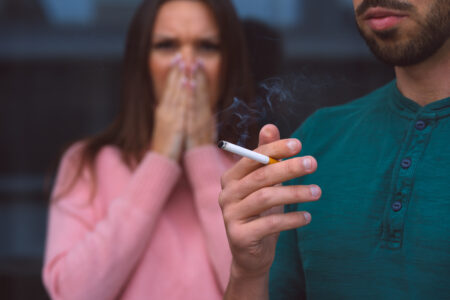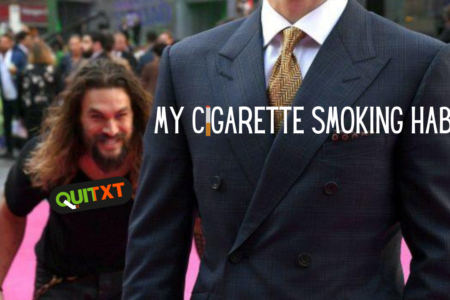
Share On Social!
We know secondhand smoke is deadly.
We also know that, inside places like apartments, people are exposed to secondhand smoke as it travels through doorways, halls, windows, ventilation systems, and electrical outlets.
So what if we could cut secondhand smoke exposure in the home?
Well, after a national media campaign to reduce cigarette smoking in homes in Scotland, hospital admissions of under-five-year-old children dropped 25%, according to a recent study in Lancet Public Health.
“Our findings suggest that smoke-free home interventions could be an important tool to reduce asthma admissions in young children, and that smoke-free public space legislation might improve child health for many years, especially in the most deprived communities,” according to the researchers.
This study has big implications for smoke-free housing in the United States.
Findings from the Smoke-Free Home Study
In 2006, Scotland banned smoking in public places.
Then, in 2014, Scotland launched the Take it Right Outside national mass media campaign.
The initiative encouraged smokers to smoke cigarettes outside their own home. This aimed to protect children and other family members and neighbors from secondhand smoke.
 To gauge the impact, researchers teamed up from the University of Aberdeen, University of Glasgow, and University of Stirling. They studied the changes in the monthly incidence of child hospital admissions for conditions potentially related to second-hand smoke exposure, such as asthma, in Scotland between Jan. 1, 2000, and Dec. 31, 2018.
To gauge the impact, researchers teamed up from the University of Aberdeen, University of Glasgow, and University of Stirling. They studied the changes in the monthly incidence of child hospital admissions for conditions potentially related to second-hand smoke exposure, such as asthma, in Scotland between Jan. 1, 2000, and Dec. 31, 2018.
Researchers found a decline in asthma-related hospital admissions among children younger than 5 between 2014-2018.
The combination of mass media campaigns and broad smoke-free polices “can make a difference” in improving public health, the study shows.
“The researchers say it is reasonable to expect that hundreds of young children have benefitted from less asthma symptoms after Take it Right Outside,” according to a news release.
Why Is Secondhand Smoke Exposure a Health Issue for Children?
Exposure to secondhand smoke can cause respiratory issues in children.
Asthma, a chronic lung disease, is one such issue.
Many studies have found that secondhand smoke exposure is linked with exacerbating asthma, poor asthma control, and increased asthma symptoms among children with asthma. One recent study from Finland found that children exposed to secondhand smoke from their parents may have weaker learning ability and memory as adults.
In the United States, over 6 million children suffer asthma.
Children of color bear the heaviest burdens. Latino children are 40% more likely to die from asthma than non-Latino whites and twice as likely to be hospitalized. Over 8% of Latino children younger than 18 suffer asthma.
How Many Children Are Exposed to Secondhand Smoke in Their Home?
Although the number of people who do not smoke but are exposed to secondhand smoke has declined, disparities in secondhand smoke exposure persist.
“Non-Hispanic Black Americans; people who live below the federal poverty level; those who work in traditionally ‘blue collar’ industries, service occupations, or construction; people who live in multi-unit housing; and children 3-11 years of age are more likely than other groups to be exposed to secondhand smoke,” according to the CDC.
 Children face the most secondhand smoke exposure in the home.
Children face the most secondhand smoke exposure in the home.
“In 2019, an estimated 6.7 million (25.3%) of middle and high school students reported secondhand smoke exposure in the home,” according to the CDC.
Exposure is worse for children in multifamily housing.
More than 1 in 3 nonsmokers who live in rental housing are exposed to secondhand smoke, as are 2 in 5 children—including 7 in 10 African-American children, according to the CDC.
In Los Angeles (48.5% Latino), nearly half of apartment tenants (49%) reported exposure to drifting secondhand smoke, according to a May 2020 study by UCLA researchers.
“Tenants who lived with children and those who had lived or were living with someone who had a chronic health condition were significantly more likely to report exposure to drifting]secondhand smoke],” the study stated.
How Can We Protect Children from Exposure to Secondhand Smoke in Multifamily Housing?
Smoke-free multifamily housing policies are the only way to fully prevent exposure to secondhand smoke exposure in multifamily units, according to federal, health, and ventilation industry leaders.
“Separating smokers from nonsmokers, cleaning the air and ventilating buildings cannot completely eliminate exposure. Continued efforts to promote implementation of comprehensive statewide laws prohibiting smoking in workplaces and public places, smoke-free policies in multiunit housing, and voluntary smoke-free home and vehicle rules are critical to protect nonsmokers from this preventable health hazard in the places they live, work, and gather,” according to the CDC.
In 2018, the U.S. Department of Housing and Urban Development (HUD) began requiring all public housing agencies to implement a smoke-free policy.
“The policy requires agencies to prohibit use of all lit tobacco products inside all dwelling units, indoor common areas, and agency administrative office buildings,” according to the HUD website. “The smoke-free policy must also extend to 25 feet from all housing and administrative buildings.”
Many cities are adopting smoke-free multifamily housing policies, too.
In California, dozens of cities have passed these ordinances. Berkeley, Calif., for example, prohibits smoking in all units and common areas of multi-unit housing.
“The policies do not violate residents privacy rights and do not discriminate against residents who smoke,” according to the HUD website. “Smoke-free policies are about where people smoke, not about whether they smoke. People who smoke are not a protected class and do not have special legal status.”
How Can We Reduce Exposure to Secondhand Smoke and Promote Clean Indoor Air for Children?
One answer is UT Health San Antonio’s new “Mil Gracias for Not Smoking Indoors!” campaign.
 The Mil Gracias campaign is led by a group of local health experts: Dr. Amelie G. Ramirez, health disparities researcher and director of Salud America! at UT Health San Antonio; Dr. Claudia Miller, allergist/immunologist and professor emeritus at UT Health San Antonio; and Dr. Mandie Svatek, a pediatrician at UT Health San Antonio who leads the South Texas Asthma Coalition.
The Mil Gracias campaign is led by a group of local health experts: Dr. Amelie G. Ramirez, health disparities researcher and director of Salud America! at UT Health San Antonio; Dr. Claudia Miller, allergist/immunologist and professor emeritus at UT Health San Antonio; and Dr. Mandie Svatek, a pediatrician at UT Health San Antonio who leads the South Texas Asthma Coalition.
At the campaign website, you can take three big actions:
- Email a “thank you” message to a smoker for not smoking indoors to keep our families healthy.
- Sign a letter to acknowledge the harms of secondhand smoke exposure.
- Share the benefits of reducing secondhand smoke in multifamily dwellings.
Other ways to make a change is to enact smoke-free policies in multifamily housing.
ChangeLab Solutions crafted a customizable ordinance based on California’s success. The Public Health Law Center and American Lung Association also created a model smoke-free ordinance in July 2020.
The best way for someone to protect themselves and others is by quitting smoking.
You can get help from the free Quitxt Program from Ramirez’ team at UT Health San Antonio.
The Quitxt program, developed with the support of the Cancer Prevention and Research Institute of Texas, is a bilingual service for smartphones that sends messages via text or Facebook Messenger to help coach and encourage people on the journey toward smoking cessation.
Also, download the Salud America! Action Pack “Help Your City Adopt Smoke-Free Multifamily Housing!”
The action pack will help you engage local leaders in exploring a smoke-free multifamily housing policy for common areas and individual units.
“Experts say a smoke-free multifamily housing policy can protect the health of tenants and staff of apartments from secondhand smoke, as well as save property owners money in unit maintenance, fire prevention, insurance, and reduced legal liability,” said Dr. Amelie G. Ramirez, action pack creator and director of the Salud America! Latino health equity program at UT Health San Antonio.
By The Numbers
24
percent
of Mexican American-nonsmokers are exposed to secondhand smoke



